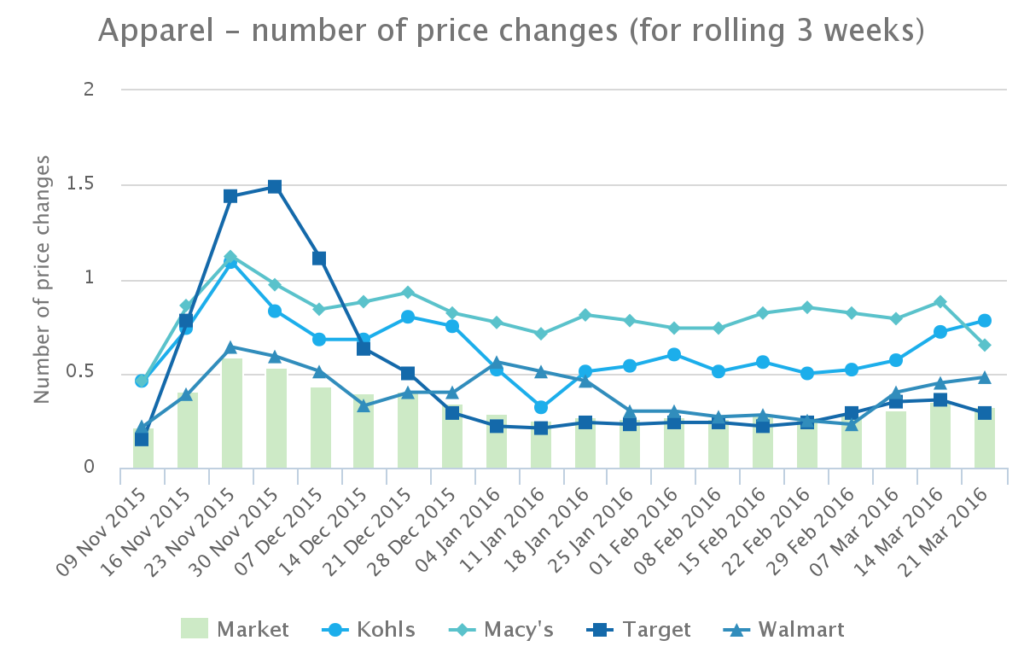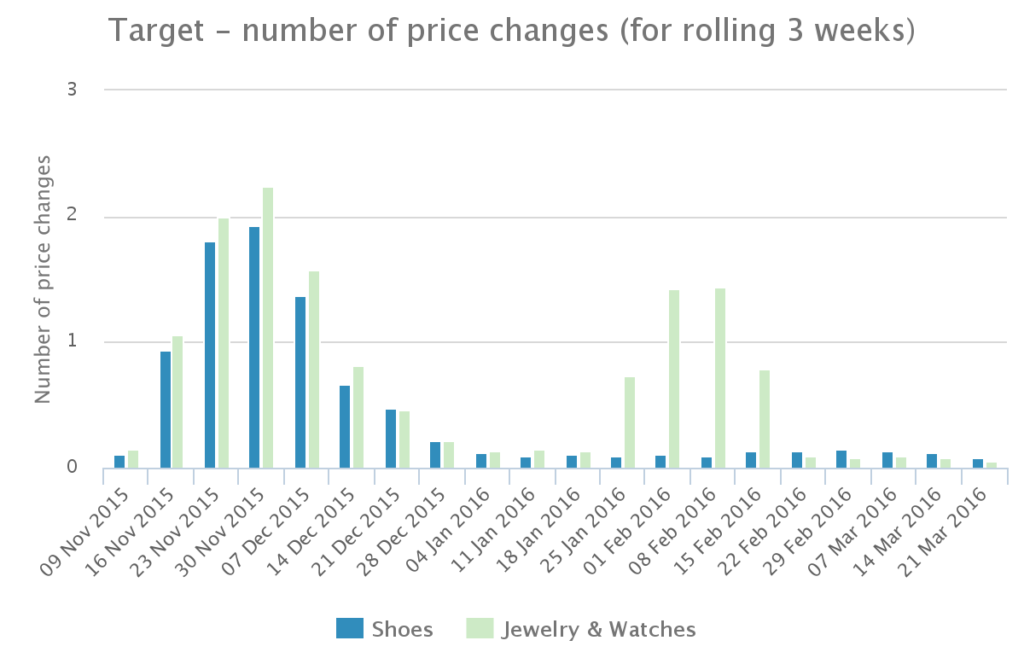Ever been overwhelmed by the idea of competing with Amazon on price? Well, it may not be as big of a battle as you’ve been led to believe.
We’ve heard about Amazon’s ruthless pricing strategy for bestselling products and how frequently their prices change. The retail giant admits that they consider themselves to be price followers, not leaders, and deploy smart algorithms to track competition and lower prices accordingly. We recognize that being competitive and tracking best-selling products across lowest sellers is indeed an important aspect of your business, but what about the majority of your inventory? The bulk of inventory across numerous top online retailers is in fact not bestselling products. According to our data, roughly 60 percent of SKUs do not change price. So before you invest in expensive and limited solutions with narrow strategic focus, we hope to show you more broadly using our data what is happening in the marketplace holistically so that you can plan instead of react.
Reactive approaches such as tracking the price follower (Amazon) can be harmful to your business. Also, as we have observed with luxury goods, chasing lower-price bands can really hurt your own brand and/or business, with a long road to recovery.
Pricing Behavior for Non-Bestsellers
For a period of 21 weeks (January through May of 2016), we observed that for approximately 16 million unique SKUs, prices typically change on average once every 5 weeks per item. On a broader scale, the chart below illustrates the frequency of price changes by product category.

Price changes do vary by retailer, but for the overall market, the Home and Pet Supplies categories experience price changes about every four weeks per item on average, while Apparel and Sports & Outdoors products tend to hold their prices for longer.
To account for seasonality and holiday pricing, we also did a similar analysis on a rolling three-week basis to see just how often prices change in shorter periods. We observed some interesting trends in Apparel, Shoes, and Jewelry & Watches.
Looking at Apparel trends during the holiday season, we observed that Walmart, with its very large catalog, seems to be fairly consistent and changes their prices only slightly more often than market averages. This might be because of their fairly long tail of products.


Taking a closer look at Target, which experienced the most dramatic peak in price changes for Apparel, we see that during holiday events such as the lead up to Christmas and Valentine’s Day, Target’s assortment saw more frequent price changes. Specifically, Jewelry & Watches was discounted more often during both the winter holiday season and around Valentine’s day. This highlights that seasonality and promotional strategy play a large part in inventory discounting behavior.
So, while you may have been led to believe that the majority of products have changes in prices all the time, that’s not the case according to this data sample. Price-monitoring in actuality requires much less reactive responses and should, in fact, be thought of as a part of your broader promotional and assortment strategy.
Contributing Writer: Ashwin Kailasam














